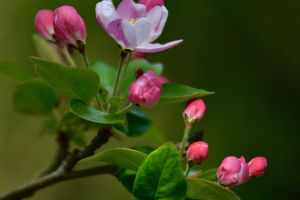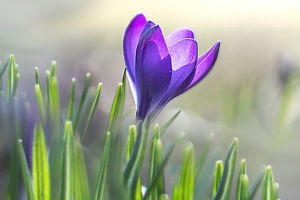In the rugged landscapes of the Appalachian Mountains, nestled among rocky outcrops and forested slopes, thrives a remarkable plant species known as rose rockcress (Arabis petraea).
Despite facing numerous challenges in its environment, rose rockcress exemplifies the resilience and adaptability of plant life.
Through its survival strategies and conservation efforts, this species symbolizes hope for biodiversity conservation and ecosystem resilience.
Habitat and Adaptations:
Rose rockcress typically inhabits rocky, limestone-rich habitats with well-drained soils. These environments pose unique challenges, including limited nutrient availability, harsh weather conditions, and competition from other plant species.
To thrive in such harsh conditions, rose rockcress has evolved several adaptations. Its low-growing, tufted rosette structure helps conserve moisture and reduce water loss. Additionally, its deep taproot allows for efficient nutrient uptake from rocky soils, enabling it to withstand nutrient-poor conditions.
Conservation Challenges:
Despite its adaptive traits, rose rockcress faces several conservation challenges. Habitat destruction from urbanization, agriculture, and quarrying threatens the survival of this species.
Additionally, invasive plant species and habitat fragmentation further exacerbate the plight of rose rockcress populations. Climate change poses another significant threat, altering temperature and precipitation patterns, which can impact the plant's reproductive success and habitat suitability.
Conservation Efforts:
To address these challenges and ensure the long-term survival of rose rockcress, conservation efforts are underway. Habitat restoration initiatives focus on preserving and restoring suitable rocky habitats, creating protected areas, and removing invasive species.
Collaborative research projects aim to better understand the ecological requirements and population dynamics of rose rockcress, informing targeted conservation strategies. Community engagement and education programs raise awareness about the importance of preserving native plant species and their unique ecosystems.
By combining scientific research, conservation action, and public outreach, stakeholders work together to safeguard the future of the rose rockcress and its habitat.
The survival of rose rockcress serves as a testament to the resilience and adaptability of plant life in challenging environments. Through its unique adaptations and reproductive strategies, this species thrives in rocky habitats despite numerous conservation challenges.
By addressing threats such as habitat destruction, invasive species, and climate change, conservation efforts aim to ensure the continued existence of rose rockcress and preserve the biodiversity of Appalachian ecosystems.
As stewards of the natural world, it is our responsibility to protect and conserve species like rose rockcress for future generations to admire and appreciate.


